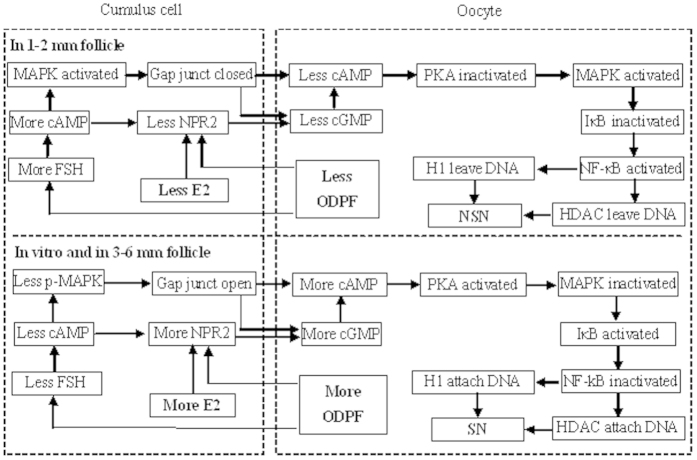Figure 7. Possible signaling pathways leading to the NSN-to-SN transition in porcine oocytes.
In CCs of 1–2 mm follicles, a lower level of ODPF and E2 reduces NPR2 while enhancing FSH and cAMP actions. FSH elevates the level of cAMP, which decreases NPR2 while activating MAPK. Activated MAPK closes the gap junction communications, which, together with the NPR2 decrease, reduces cGMP delivery leading to a cAMP decline within oocytes. Within the oocyte, the lower level of cAMP activates MAPK via inactivating PKA. MAPK activates NF-κB by inactivating IκB. Activated NF-κB displaces H1 and HDAC from DNA leading to chromatin decondensation (NSN). In 3–6 mm follicles, a significantly higher level of ODPF and E2 and a FSH shortage initiate a reversion of the above events leading to chromatin condensation (SN) in the oocyte.

